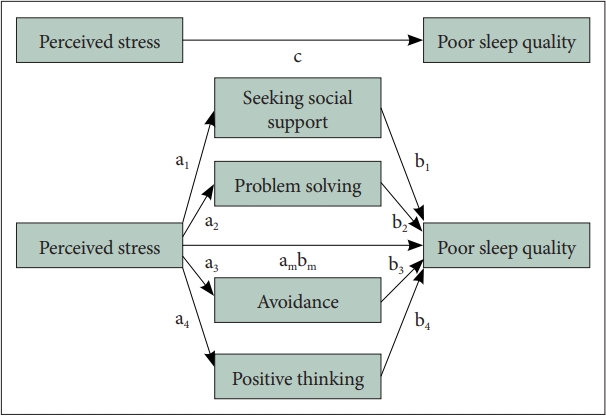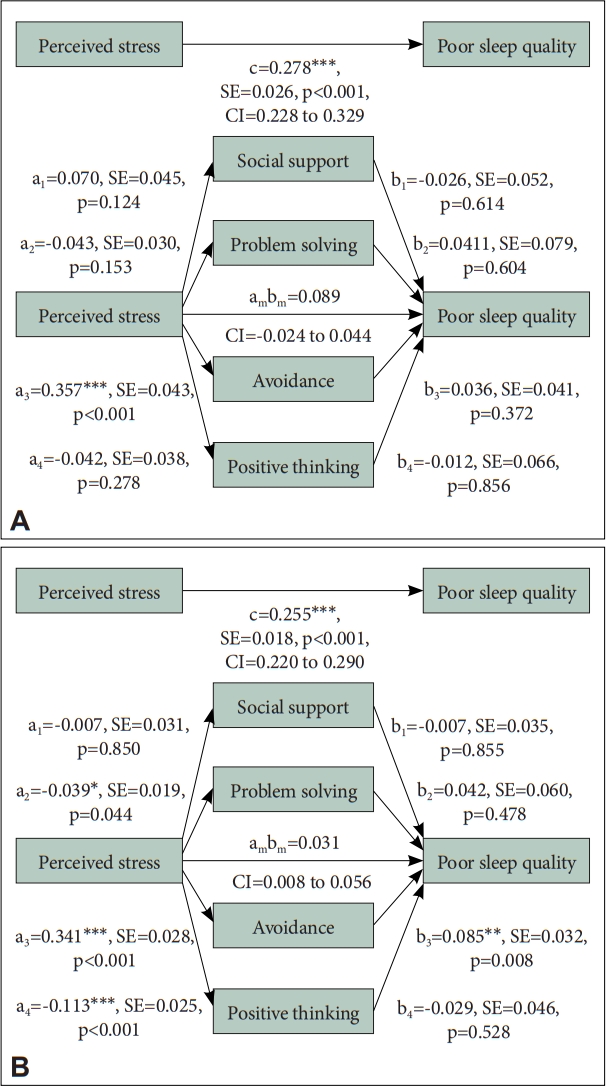 |
 |
- Search
| Psychiatry Investig > Volume 19(7); 2022 > Article |
|
Abstract
Objective
Methods
Notes
Availability of Data and Material
The data for the study are available from the corresponding author upon reasonable request.
Conflicts of Interest
Yoo Hyun Um, a contributing editor of the Psychiatry Investigation, was not involved in the editorial evaluation or decision to publish this article. All remaining authors have declared no conflicts of interest.
Author Contributions
Conceptualization: Ho-Jun Seo, Sung Min Kim, Yoo Hyun Um, Jong-Hyun Jeong. Data curation: Sung Min Kim, Ho-Jun Seo, Tae Won Kim. Formal analysis: Sung Min Kim, Yoo Hyun Um, Ho-Jun Seo. Methodology: Sung Min Kim, Yoo Hyun Um, Ho-Jun Seo. Project administration: Sung Min Kim, Ho-Jun Seo, Seung-Chul Hong, Jong-Hyun Jeong. Resources: Ho-Jun Seo, Seung-Chul Hong, Jong-Hyun Jeong. Software: Sung Min Kim, Seung-Chul Hong. Supervision: Seung-Chul Hong, Jong-Hyun Jeong, Ho-Jun Seo. Validation: Sung Min Kim, Yoo Hyun Um. Visualization: Sung Min Kim, Tae Won Kim, Seung-Chul Hong. Writing—original draft: Sung Min Kim. Writing—review & editing: all authors.
Funding Statement
None
ACKNOWLEDGEMENTS
Figure 1.

Figure 2.

Figure 3.

Table 1.
| Variables | Total | Male | Female | p-value |
|---|---|---|---|---|
| Number | 808 (100) | 291 (36.0) | 517 (64.0) | |
| Age* (yr) | 40.21±10.32 | 43.99±10.50 | 38.08±9.65 | <0.05 |
| Body mass index* (kg/m2) | 22.55±3.64 | 24.54±2.88 | 21.43±2.55 | <0.05 |
| Obesity* | 19.9 | 38.5 | 9.1 | <0.05 |
| Education | 0.758 | |||
| Middle school and below | 0.2 | 0.3 | 0.2 | |
| High school | 8.8 | 8.9 | 8.8 | |
| College | 82.1 | 83.2 | 82.1 | |
| Graduate school and above | 8.9 | 7.6 | 8.9 | |
| Marital status | 0.712 | |||
| Single | 33.8 | 35.1 | 33.1 | |
| Married | 64.5 | 62.9 | 65.4 | |
| Separated/divorced/widowed | 1.7 | 2.1 | 1.5 | |
| PSQI | ||||
| PSQI >5 | 69.7 | 69.4 | 69.8 | 0.903 |
| Total score of PSQI | 7.30±2.94 | 7.45±2.94 | 7.21±2.94 | 0.282 |
| Total sleep duration (hr) | 6.42±0.97 hours | 6.37±0.97 hours | 6.45±0.97 hours | 0.267 |
| Bedtime | 11:34 pm (SD, 55.8 minutes) | 11:32 pm (SD, 54.6 minutes) | 11:34pm (SD, 54. minutes) | 0.591 |
| Habitual sleep efficiency (%) | 93.78±9.35 | 93.51±8.88 | 93.93±9.60 | 0.541 |
| PSS-10 | ||||
| Total score of PSS-10* | 17.89±6.07 | 18.51±5.71 | 17.54±6.25 | <0.05 |
Table 2.
| Variables | Perceived stress | Poor sleep quality | Social support | Problem solving | Avoidance | Positive thinking |
|---|---|---|---|---|---|---|
| Perceived stress | - | |||||
| Poor sleep quality | 0.544*** | - | ||||
| Social support | -0.009 | 0.031 | - | |||
| Problem solving | -0.133*** | -0.031 | 0.638*** | - | ||
| Avoidance | 0.463*** | 0.327*** | 0.392*** | 0.210*** | ||
| Positive thinking | -0.195*** | -0.077* | 0.646*** | 0.724*** | 0.217*** | - |
REFERENCES







